 Aerospace and Defense Actors
Aerospace and Defense ActorsTwo eyes, “un regard”, this is the sole part of their bodies that you can see when those men in black are equipped with their intervention suit and equipment. We used to thinking that everything could be read and guessed in the eyes. However, here the eyes neither betray nor reveal any sign, except a very great concentration when they are ready to strike.
October 7, 2020
Two eyes, “un regard”, this is the sole part of their bodies that you can see when those men in black are equipped with their intervention suit and equipment. We used to thinking that everything could be read and guessed in the eyes. However, here the eyes neither betray nor reveal any sign, except a very great concentration when they are ready to strike.

Not a drop on their forehead, not a tear in their eyes, no trembling hand that betrays any hesitation, nor imprecise gesture that reveals a fear.
Concentrated, they wait for the signal to be whispered into their headset. This ultimate "top" which releases all the energy of the troops, giving them the assurance that all the power of the group is nominal and that the logistics which have been prepared for many minutes, hours or even months, are at their peak, the enveloping flawless support, in whom they have unlimited confidence.
At the top signal, with gestures repeated a thousand times, they engage in the affront leaving behind their feelings and fears. Only a few glances between them can reveal their emotions, mixtures of adrenaline and impatience to do battle. Their collective intelligence will give them the ability to adapt together to any unforeseen event.
During a hostage situation or similar, it is the negotiator’s role to win the confidence of the instigator of the crisis and convince him or her to surrender with minimal loss of life and damage as possible. Achieving this is no mean feat.
In our day-to-day lives, we are involved in negotiations regularly for a myriad of reasons. Our brain is trained to manage the deal according to the facing person. An adult, a child, a vendor, a colleague, a nasty neighbor…. However, we may not always get the outcome we desire.
In the case of trained military negotiators, failure is not an option.
That is certainly true of the Groupe d ’Intervention de la Gendarmerie Nationale (GIGN), a French Elite group of intervention experts. GIGN is the elite police tactical unit of the French National Gendarmerie. Its missions include counter-terrorism, hostage rescue, protection of government officials in high-risk countries, and targeting organized crime. These elite negotiators are experts in executing mission-critical negotiations to the extent that they rarely make mistakes… they simply can’t afford to do so!
GIGN embodies operational excellence in strategy and execution leadership. Understanding the success of GIGN, therefore, can serve as inspiration and learning tool for any person or institution that aims to achieve excellence in every aspect of what they do.
If any special force deserves attention from the business world for its ability to combine the virtues of the conventional hierarchy—organization, planning and focus—with the merits of informal coordination—participation, freedom of action and flexibility—it is certainly the GIGN. In fact, it deserves a high level of admiration for its ability to use, as a premise, unconditional engagement based on shared principles and values, added, of course, to intensive training involving psychological thought processes, mastery of technique, and rigorous selection criterias and mechanisms.
At the heart of the GIGN’s work is an ethical pact established under the premise of life and death. We know from anthropology that cohesive groups that are formed with a strong collective identity are typically subject to an external threat, and the GIGN is no exception. As organized crime has transformed, evolved, and become increasingly specialized, operational excellence threats have also emerged.
One of the core values of The GIGN is embodied in its collective spirit. Each member knows that the team is made up of unique individuals; however, victory is only possible through teamwork and collaboration. The GIGN is not characterized as a group composed of the sum of isolated talents but as a united body.
The GIGN is an elite intervention unit that is renowned throughout the world for its execution of impeccable tactics, which have consistently enabled the organization to triumph in highly dangerous scenarios. To achieve this, its leadership needs to intimately know the unit almost in the same way the human brain controls every nerve within the body. This is not a 9-to-5 existence; it is a daily and lifelong devotion.
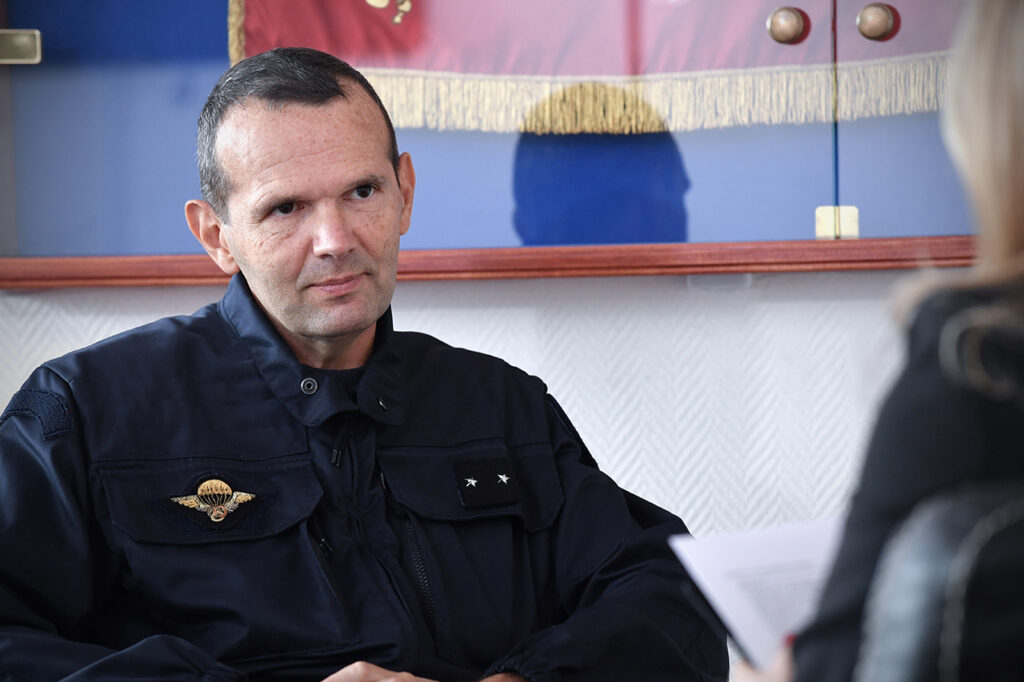
We had the honor of visit one of the most feared and respected military headquarters in the world, The French Elite Intervention Unit GIGN, to interview, the new Head of Commander of the GIGN, General Ghislain Rety, who is currently tasked with the responsibility of running this French government “weapon.”
General Ghislain Rety is known and unanimously recognized for his professionalism and for his life-long unconditional devotion to the GIGN. Auditor of the 68th promotion of CHEM (Centre des Hautes Etudes Militaires) and 71st of IHEDN (Institut des Hautes Etudes de la Défense Nationale), Head of the Defense and National Security Office, Chief of the Gendarmerie in Gironde, among other experiences, General Ghislain Rety has committed his career to the GIGN since early in his professional life.
General Rety received us personally. He immediately came across as a very kind man; a man who is sure of what he wants. He speaks confidently with precision and authority. We immediately realized that he is the man of the job.
General Rety gracefully agreed to share some of the motivational aspects of special operations officers with us together with details of the factors that he believes are inherent to the identity and culture of the GIGN.
To lead is to influence people to do what must be done, each one assuming their duties.
The media often revel in presenting the more “striking” aspects of the GIGN’s activities—hostage taking, madmen, life-or-death protection of our politicians—because they capture the imagination and fascinates the general public. However, the actions of these devoted professionals go much further than what we read about in the newspapers or seen in the TV reportages.
The GIGN conducts large operations of extraordinary dimensions on an almost daily basis; They do operate in the upper part of the threat spectrum, where excellence is a must. In fact, some operations can involve saving the lives of thousands of people. Potentially due to the GIGN’s ability to maintain excellent performance in unpredictable, complex scenarios, many of these triumphs go unnoticed. Involved in over 300 missions per year, the GIGN covers different aspects of an intervention that have the potential to undermine the peace and tranquility of the citizens of France and many other nations.
The GIGN deals with criminals of all levels, some of whom are highly dangerous individuals. The GIGN leverages the highest competences to rise to the demands of complex interventions, from criminal investigations that involve the use of cutting-edge technologies, to on-the-ground protection of French Government embassy personnel and authorities in foreign countries. From delinquency actions to specialized terrorism. The intervention scope of the Unit, deserves all our respect.
Most of the time, crime involves antagonistic forces performing interdependent actions in which the behavior of one individual and the reaction of the other is a fundamental determinant of the nature of the special operations that need to be conducted. When involved in special forces interventions, GIGN professionals solidly put aside any desire for glory and prestige. The focus is not on the individual, but on the needs of the group as a whole. These professionals are not in it for themselves; they are in it to save lives.
To achieve this, the common good must prevail over individual actions. There is no room for selfishness in a GIGN operation. In practice, everyone realizes the importance of being a team and acting as one. Everyone should be aware that their actions strongly influence the safety and well-being of the team. They are engaged in this work for life. It is not just a career choice; it is a devotion to serving the country at all costs.
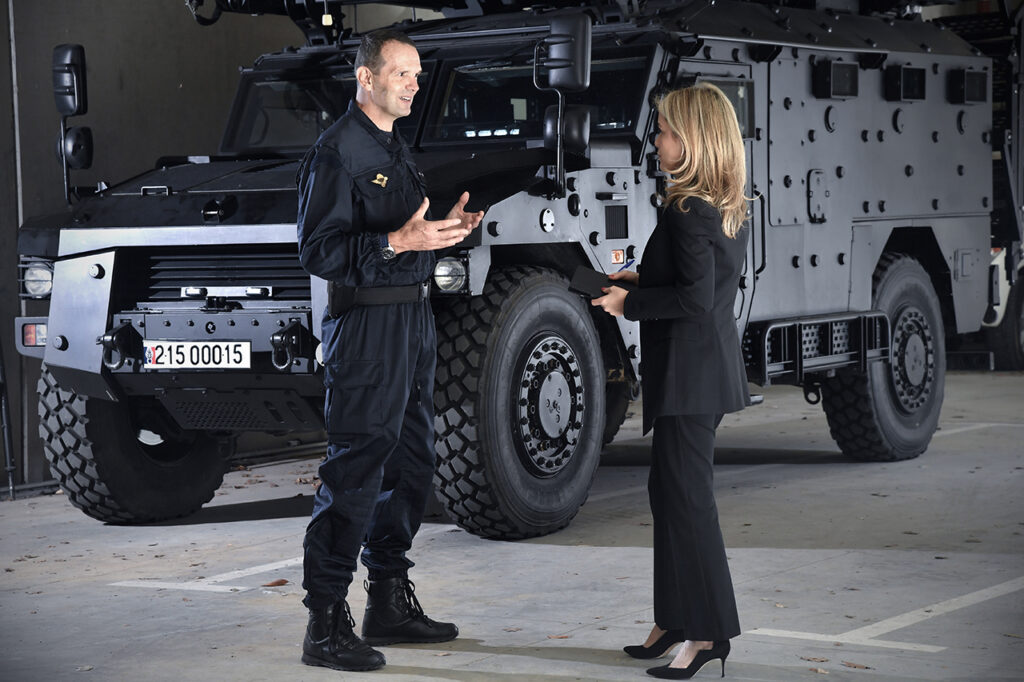
The evolution of threats makes them more and more unpredictable. In more recent times, enemies are becoming increasingly invisible. The COVID-19 scourge that has shaken the planet being a case in point. The question at this point might be: is COVID19 an ally or an Enemy? Amid the COVID-19 pandemic, life has essentially changed as we know it, forcing businesses and travelers to adapt and evolve. The GIGN is no exception.
According to General Ghislain Rety, during the early days of the COVID-19 crisis between March and June, a drop in criminal actions from an international perspective was observed. He attributed this to the controls that were placed on borders, which served to limit movements of trafficking and delinquency in general since, in many areas of the world, people simply were not permitted to leave the house. However, these moments of confinement are also time for preparation for future actions, which must be anticipated and especially not underestimated. We all know how much these periods of retreats are beneficial to thoughtfulness and thus to a more acute preparation for misdeeds.
However, in response to being grounded, criminal factions have rapidly adapted and increasingly turned to the Internet as a mechanism by which acts of extortion and theft could be performed. For example, more unscrupulous individuals started to use online channels to market miracle COVID-19 cures that played on people’s vulnerabilities and fears. However, amid all these, the terrorists have continued to work away in the background.
The threats posed by terrorism remain; and a highly efficient logistical plan was developed to protect unity and preserve the GIGN’s capacity to respond to daily service requests.
In today’s digital era, the GIGN has been forced to evolve. Technology now sits at the heart of the day-to-day actions of the GIGN; no single mission of the unit does not involve some form of digital action, from ballistics data recovery through to the training methods that are employed to increase shooting accuracy.
We all know that digitalization has touched the lives of every citizen, and the criminals are no exception. The digital space is now also widely used by criminals, many of whom have well-developed skills. In some cases, they have proven their ability to use networks to delay a GIGN response.
One of the most common scenarios is arms trafficking, which is predominantly performed online. On the one hand, digitization contributes to the acceleration of faster dissemination of information. However, on the other, it represents a very dangerous and agile platform that is being increasingly exploited by those with criminal intent. It is for this reason that the GIGN places a heavy focus on policing online activities.
Digitalization occupies a central part of our everyday lives. In the modern world of social networks, the traditional landscape of television and journalism has been fundamentally transformed, paving the way for everyone to share their opinions, images, and news online. GIGN plays also with those rules.
There is even a cell of dedicated specialists who have the highest competencies to speed up analysis and proactively respond to criminal actions in case of major crisis (Hostage taking, Kidnappings...). Criminal activities span several stages; it is critical for the GIGN to work on all possible aspects of the investigation process.
Reacting in a timely manager represents one of the biggest challenges the specialized units that combat criminality and terrorism encounter in their day-to-day roles.
The threats range in severity of danger: From sole terrorists acting alone armed with a knife, homemade bomb, or vehicle, through to large-scale organized attacks. Individuals are increasingly being recruited and radicalized over the Internet, and it is very difficult to identify and predict where and how the threats will come from next.
The scenarios of terrorist attacks that have been observed over the last 15 years have drastically evolved from actions that once spanned hours of intervention and negotiations, through to acts that can be performed in a matter of minutes.
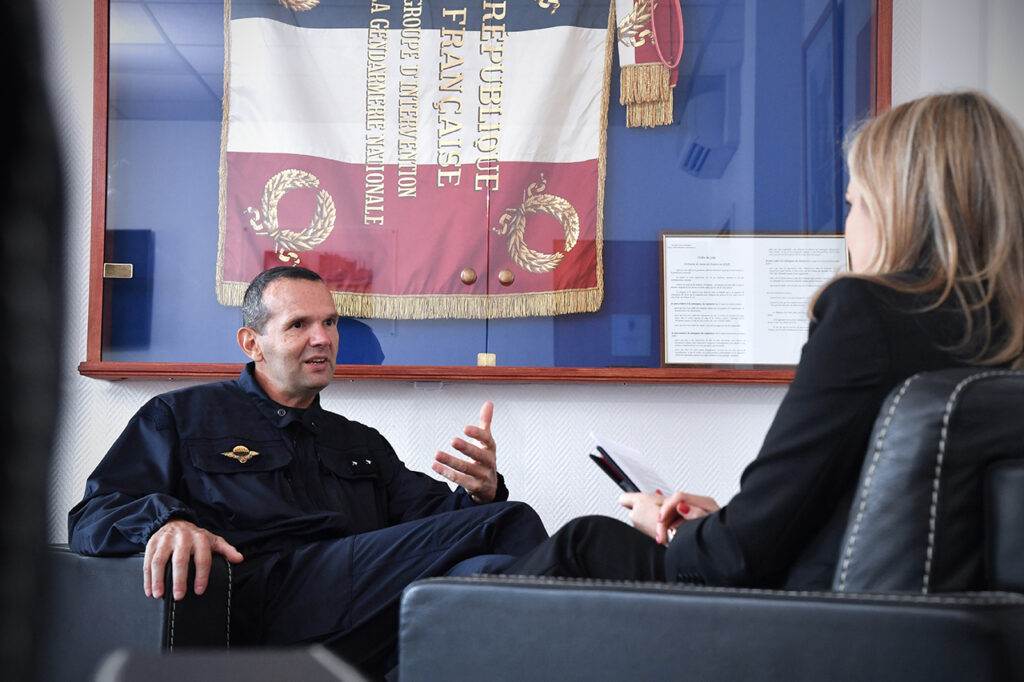
For the GIGN to effectively monitor these actions and intervene in a proactive and timely manner, it needs to collaborate with different forces, including the others units of the Gendarmerie Nationale or the Police (e.g. RAID). This enables it to assimilate intelligence and rapidly and consistently respond to threats. Contrary to all rumors, the relationship between RAID and GIGN is excellent in the field. Their complementarity is critical in the event of a major crisis. Their duality is an asset and not a competition.
As the National Gendarmerie has become increasingly agile, it has also developed new mechanisms of intervention with the GIGN; for example, positioning antennas in various areas of France to enable trained officers to prevent attacks or respond in real-time, with one goal: To protect the French Nation.
The methods criminals use to launch attacks have also evolved in clever and organized ways, and the broad changes that have been observed have been accompanied by a mutation of their skills and techniques. As such, in partnership with various forces, the GIGN has engaged in ongoing training and development to rise to the challenges of the unpredictable.
Locally, the GIGN can rely on the deployment of seven regional offices, better known as “Antennes GIGN".
Currently attached to their region, but with the desire to create the great family of the GIGN, these units meet a double need: The first is linked to the speed of the evolution of the terrorist threat and the associated need to deal with the event as quickly as possible. The second is linked to the arrests of madmen whose number is growing rapidly. This is to no longer expose the local gendarmerie forces in extreme emergency crises faced with threats at the top of the spectrum of organized crime. In terms of interventions, the balance between antennas and GIGN is finally reached.
But France’s special forces are not alone in their fight against crime. The GIGN engages in extensive international collaboration with other elite units to share intelligence and fight a common enemy. The exchanges help to improve existing technologies and counter-terrorism tools as well as sharing the methods and tactics tested in different worldwide environments. Worlwide selected units are continuously exchanging in different manners: trainings, benchmarks, experiences on real cases… so many channels of cooperation in the service of a desire to maintain the best international level.
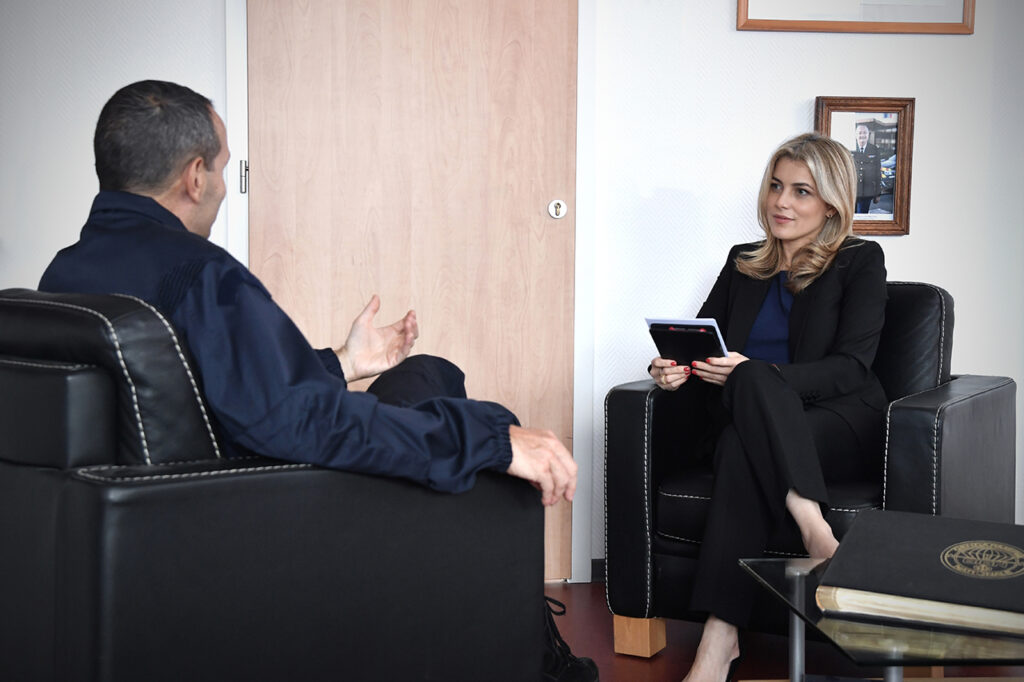
An integrated device with the ability to manage all phases autonomously.
From a business perspective, the GIGN also makes a significant contribution to the development of cutting-edge technologies that can serve government needs while also acting as a highly demanding customer for industries that wish to trade abroad. The group is definitely the best quality certificate to any company given the opportunity to act as a platform. Working in partnership to develop specialized products and systems (e.g., vehicles, arms, components for helicopters), that can then be marketed to industry providers.
Manufacturers of boats, trains, and Aircraft and Helicopters so purchase GIGN technologies to ensure they have the tools they need to respond to an accident or attack.
The strengths and assets of the unit could be described simply. Above all, a capacity to integrate and manage everything from A to Z. From the design, purchase and adaptation of materials, the necessary human resources, the benefit of advanced logistics or the best available equipment. Everything is managed in house. If the purpose remains the long-awaited moment of intervention, all the preparation, logistics, management of constraints ... will be made available to the troops, from information to questioning, if it is a question of a madman for example. But above all, people are growing up at GIGN. they gain a lot of experience in all fields, however varied they may be. They adapt to everything. A glaring example given by General Rety remains that of this collective intelligence capacity which allows them to adapt without exchanging, only the situation inspires them. The many hours of training and the hundreds of scenarios repeated many times allow them to instantly understand that the action of one of them is not that of the planned tactical scheme, and whatever the reason, everything the group readjusted without a word, without an instruction for the sole purpose of succeeding in the mission.
The GIGN has a dedicated cell especially committed to doing research as well as creating technologies to facilitate the group’s intervention actions. Believe it or not, 80% of the GIGN’s activities represent research and development, while just 20% are dedicated to operations.
The GIGN is equipped with several technologies that facilitate mission preparations, the latest 3D printers to produce bespoke parts, and internal laboratories to foster research and development. It has a strong capacity to create prototypes in collaboration with industry representatives to offer a wide range of competences, develop specialist products, and remain hyperreactive to evolving demands.
Each technological evolution impacts a whole unit in terms of its doctrine and tactics of action; as such, the GIGN is obliged to continually review methods and concepts.
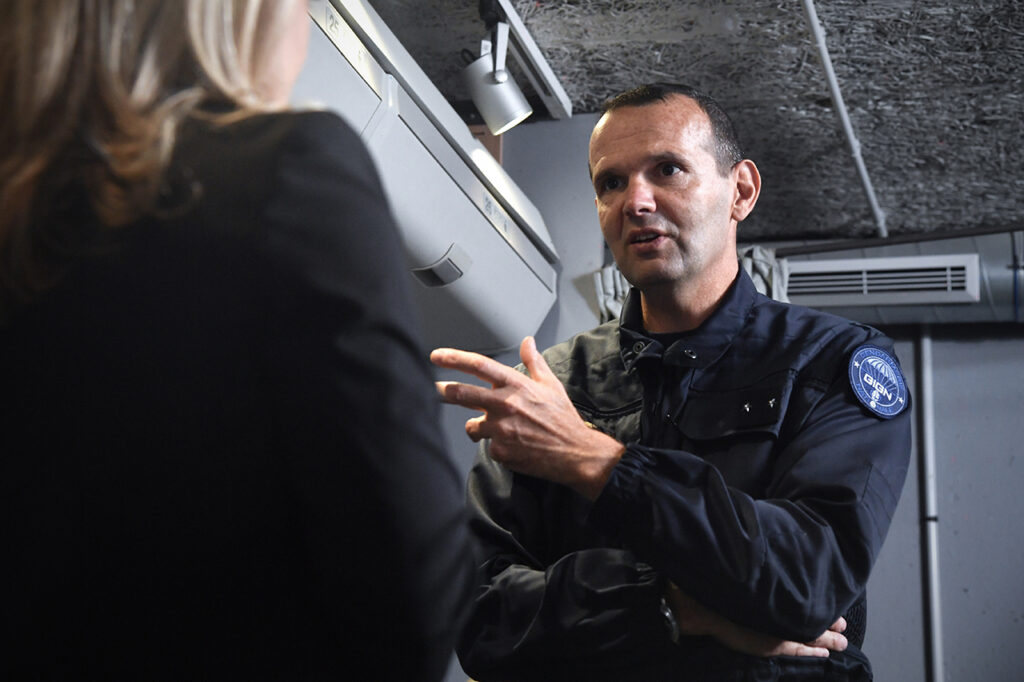
As the technologies have evolved, so too has the profiles of the candidates who possess the skills and aptitudes required to serve the Elite Intervention Unity. Physical excellence will always be an important criterion in the selection processes employed by the GIGN but not only. As such, the GIGN’s physical conditioning criteria have not changed. However, the intellectual level of candidacy has increased considerably, making this Elite Intervention Unity even more powerful, dynamic and unique.
The evolution of society and the evolution of mentality necessitates the recruitment of candidates who have a multi-purpose profile. The GIGN personnel of today and tomorrow need to have a broad interest in, and understanding of, issues on a global scale, from geopolitics, climate change, and space technologies, through to sports. Candidates with broader perspectives add value for the unity. However, the end goal is to serve the government and serve the GIGN.
The mode of selection evolves. Physical strength is both complemented and compensated by the mastery of new technologies. The GIGN is no longer looking for top-level athletes only, but for individuals with the capacity to innovate, to adapt, to be multitasking. A know-how and a high intellectual level are all values in the service of unity. The GIGN tests and training of yesteryear were carried out in less time than today since there was less material to deal with and the weapons and threats involved were more basic. Today, weapons are “precise jewelry,” you need to know how to use cutting-edge technologies such as drones, cameras, and vehicles armed with pioneering technologies that integrate very complex systems. The Iron Men generation is here.
Trust is built from the essence of values since GIGN officers are recruited at a very young age between 25- and 30-years old maximum. Officers grow up in GIGN; this allows them to accumulate experience, getting inside knowledge and increase their capacity to adapt. They follow a doctrine that is passed down from generation to generation. A unit made up of people devoted to working, to progressing together and, most importantly, collaborating with each other so that everyone is excellent at what they do. Everyone shares a basic objective: To accomplish the mission successfully.

Thanks to his passage to the General Directorate of the National Gendarmerie (before his appointment to the head of the Unit) General Ghislain Rety was able to develop the doctrine of first responder. This is a considerable advance in the institution.
The individual carries with him that sense of belonging forever. The construction of the bond of trust in the group is based on a strong social meaning that strengthens the feeling of pride of belonging, personal mission, and loyalty.
The members of the GIGN know that they represent the last resort to solve critical problems and conflicts between society and organized crime. The group’s mission includes freeing all those who are under oppression and the threat of organized crime and fighting against illegal groups and organizations that, by force, try to exercise powers parallel to those of the State. Combat itself is not the end for which combatants live, but a means of fulfilling their mission.
There is an inherent sense of sacrifice instilled at the outset of all training. There is collective support for this sacrifice as it embodies a mutual way of working and facing risky situations as a collective unit in a manner that fosters resilience. Of course, the way in which personnel react to dangerous situations varies on an individual level; however, all recruits are abundantly clear on the fact that dying or seriously injuring yourself is part of the job. Being ready to die or to be seriously injured to save a life, is part of the GIGN DNA.
It is no different than the formation of special police forces teams, whose specific experiences can help us to answer, with propriety, the key questions of the current management of crisis.
Distinctive competence is never born by chance. Behind the construction of a standard of excellence in performance, wherever it is, there is always the commitment of those who, over time, understand that tenacity, perseverance, and values-oriented action are necessary.
General Ghislain Rety has presented us the multiple assets and the core parts of his Unit. When excellence meets humility, when his own life doesn’t matter to save another, when commitment is not an empty word, when men are on in the service of a nation, then one is truly in the holy of holies, the sanctuary of the secret weapon of any government. In this inner sanctum where I had the privilege to enter, I have been able to see, feel and breathe it. Now we understand why General Ghislain Rety has been appointed to this position. The need to be known and recognized by its onw troops. Who would be ready to go and commit his life under the orders of a stranger, an incompetent?
We didn’t take off their balaclava but we have been able to see through their eyes how their heart is beating. The GIGN is a group composed of the sum of isolated talents, but remains a single soul. “COMMIT FOR LIFE” their slogan, then takes on its full and powerful meaning.
Cheers!
Ana Paula Araujo Mendes
General Ghislain Rety, Head of Commander of the GIGN
Auditor of the 68th promotion of CHEM (Centre des Hautes Etudes Militaires) and 71st of IHEDN (Institut des Hautes Etudes de la Défense Nationale), Head of the Defense and National Security Office, Chief of the Gendarmerie in Gironde, among other experiences, General Ghislain Rety has committed his career to the GIGN since early in his professional life.
Interview photos - Xavier Granet

Aerospace and Defense Actors
General Damien STRIEBIG: Information Management - How Do You Prepare a Major unit for the Unpredictable

Aerospace and Defense Actors
Philippe Pham: Airbus Defence & Space - The new paradigms of the race for the stars

Aerospace and Defense Actors
Isabelle Tisserand: Making Intelligence Smarter

Aerospace and Defense Actors
Dominique Trinquet - The Driving Forces of Private Aviation
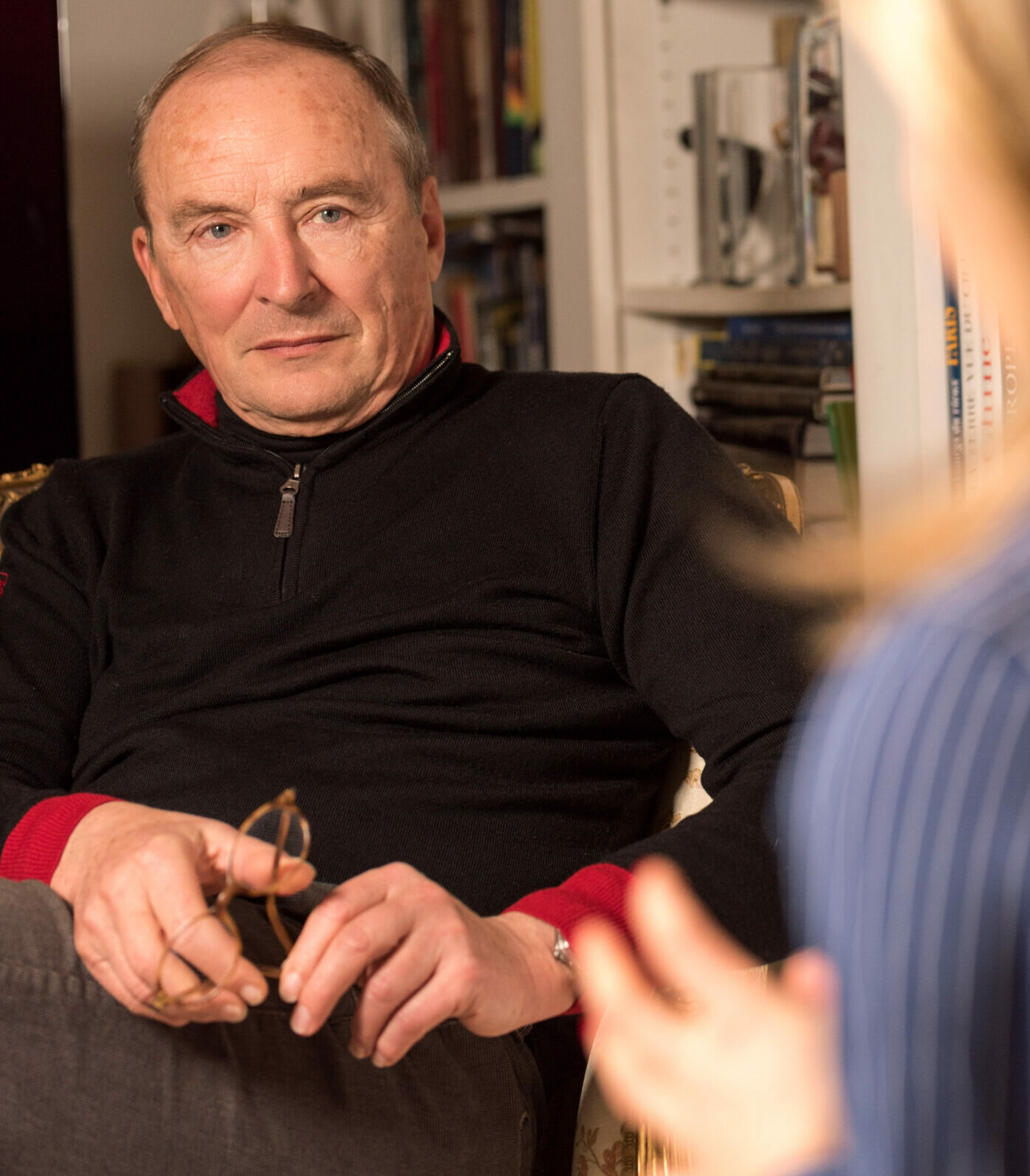
Aerospace and Defense Actors
Jean-Pierre Haigneré: A Cosmonaut's View of Progress. We Are Not Heroes; we are the Image of the Earth

Aerospace and Defense Actors
Major General Dominique Arbiol on Preparing the Next Generation of French Air Force Officers: Building the Right Force for the Future Warfare
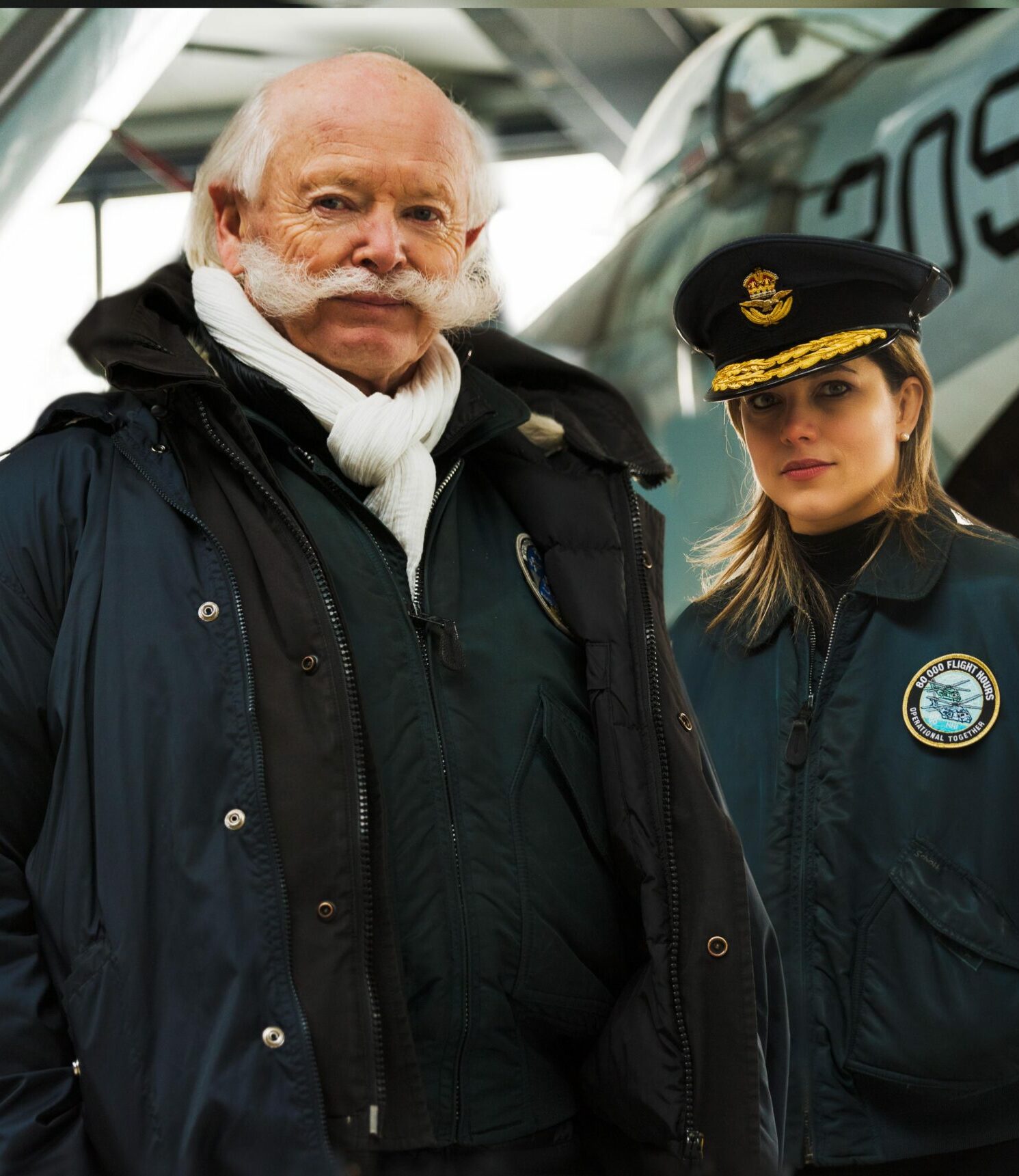
Aerospace and Defense Actors
Jack Krine - Fighter Pilot: Passion and Determination to Lock On to Your Target
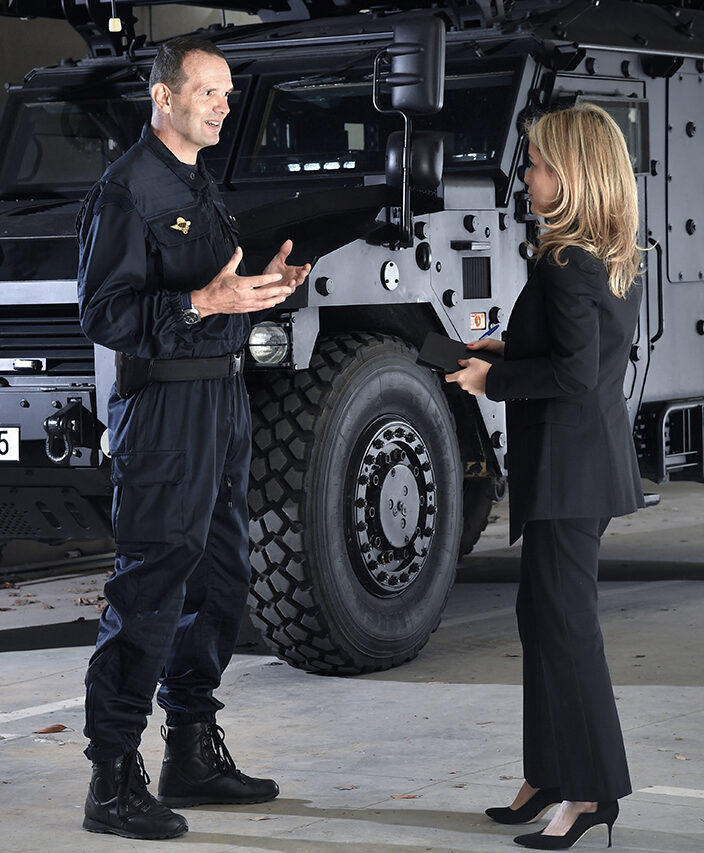
Aerospace and Defense Actors
General Ghislain Rety: Live With Honor, Die in Silence—The French Government’s Secret Weapon GIGN

Aerospace and Defense Actors
General Patrick Charaix: Information Value and Quality on the Innovation Process Performance in a Collaborative Context

